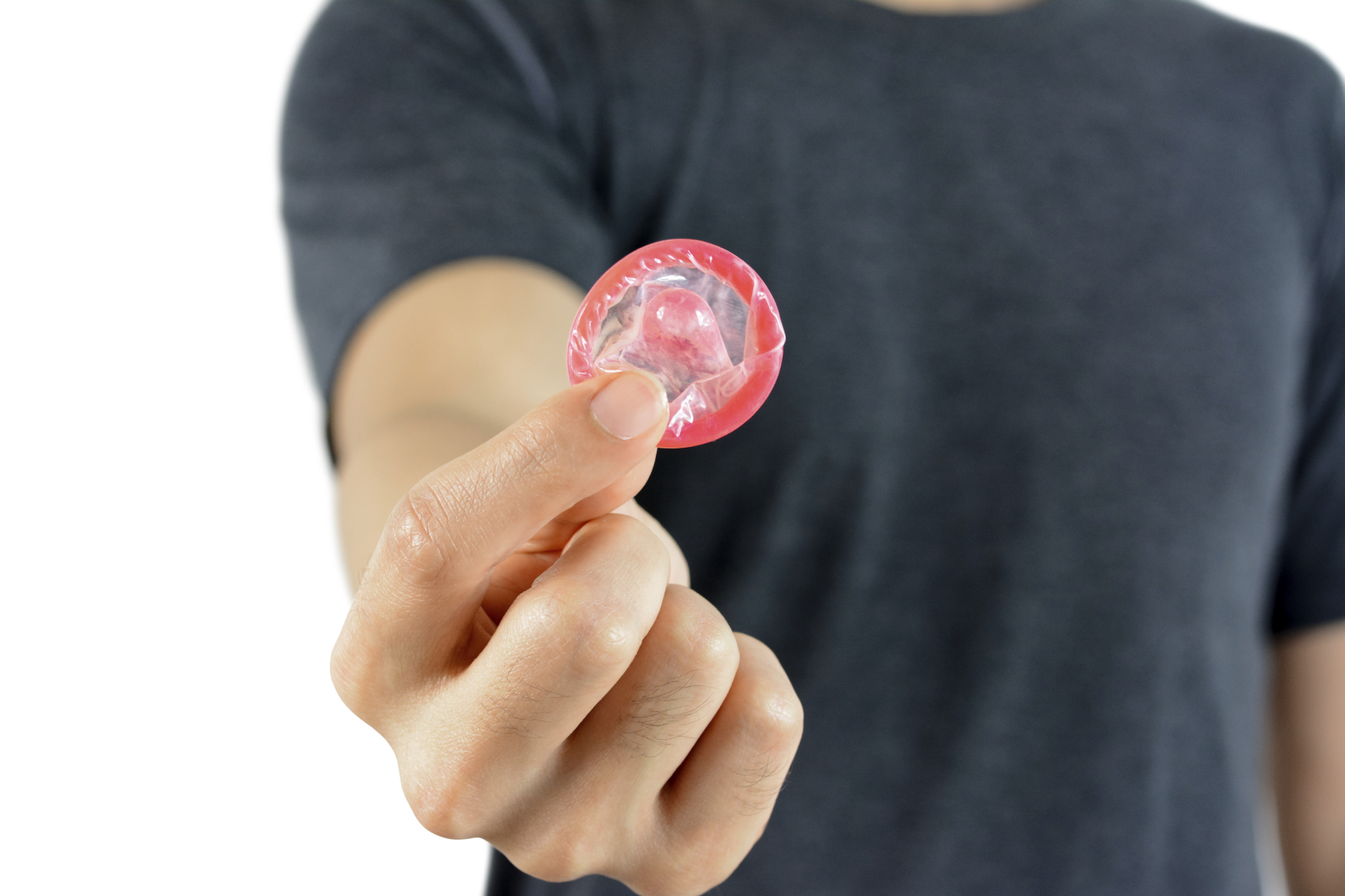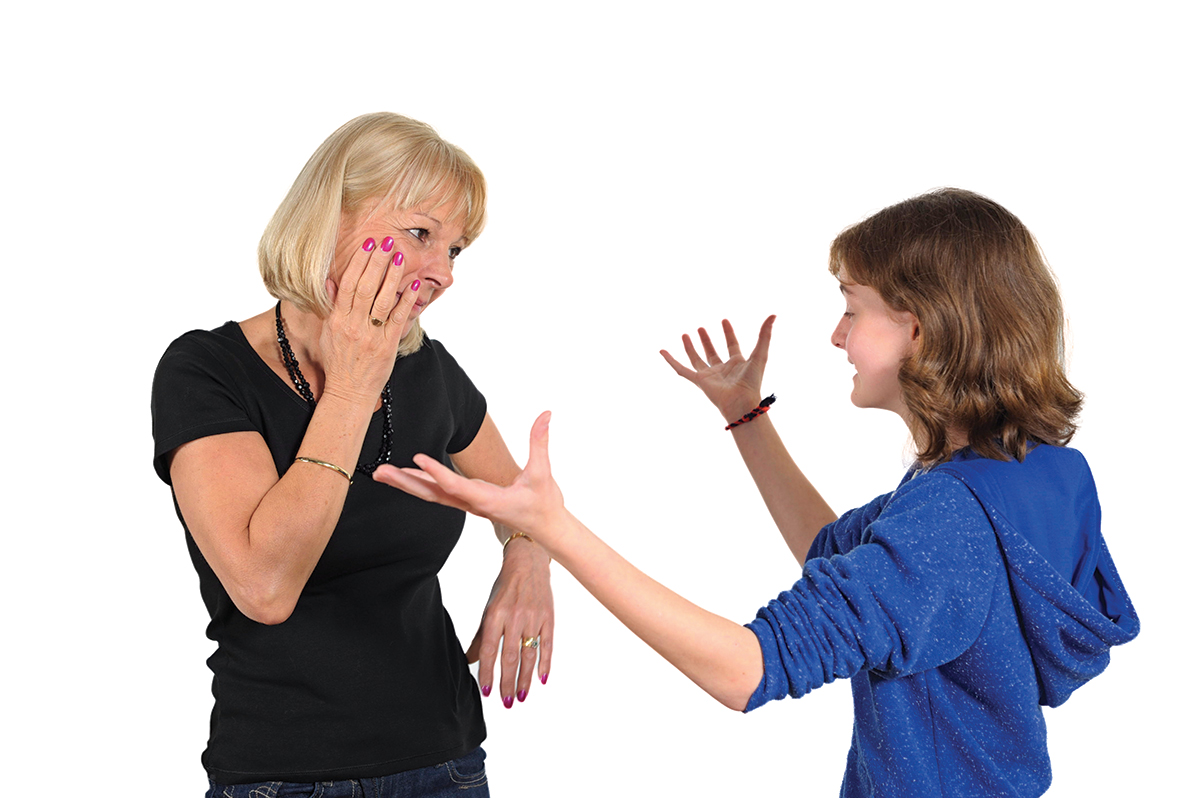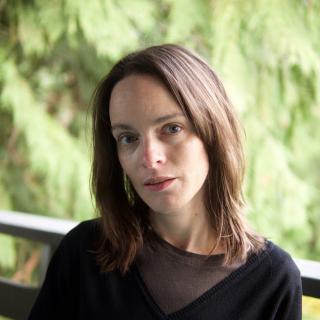
Ah, the birds and the bees. When is it time to start talking about them to your kids? I started when my kid was 3; he’s now a 6-year-old boy who correctly names his body parts without a flinch of embarrassment and knows that a sperm and egg make a baby when Mom and Dad embrace in “a special hug.” My own mother took me to a Planned Parenthood “Me and Mom” classes as a kid, so I’m trying to replicate that loving, open and frank introduction to sexuality. I figured that starting early might take the awkwardness and titillation out of more complex conversations when my son is a teenager, at which point he’ll also be learning about sexual health in school, alongside his peers. Right?
Not so fast.
Across the U.S., fewer than half of high schools and even fewer middle schools are teaching students the necessary topics for sexual health education recommended by the Centers for Disease Control and Prevention (CDC), according to a recent report. This despite national research that shows that the more comprehensive a sexual health education a child has, the longer he or she delays sexual activity, the fewer partners he chooses and the greater the likelihood that he will use birth control.
I expected Washington state would be at the top of the state list in compliance, because of the generally progressive laws recently passed, such as same-sex marriage and legal recreational marijuana, but I was wrong. While Washington state mandates HIV and AIDS prevention education, sexual health education is optional across the state’s public schools; providing sexual health education is the decision of each school district. And some districts are not providing sexual health education at all.
“Some districts don’t implement at all, and some do a cram version,” says Laurie Dils, MSW, and The HIV Sexual Health Education Program supervisor for Washington state public schools. “Districts get to decide, for whatever reason. In my observation, 95 percent of parents think that sex ed should be taught in public school. It’s a vocal few who make it more controversial than it is.”
Dils’ office provides a library of resource materials, sample curriculum, policies and instruction aids for teachers. But because her office has no monitoring authority, Dils is not aware of which districts are opting out.
Our kids prompt us to bring language, and a coherent story, to an area of our lives we may never have spoken out loud about before.
The best way her office has to track which districts participate in sex ed is through the responses from an annual Department of Health and Office of the Superintendent of Public Instruction “Healthy Youth” survey. “It’s a voluntary survey we send out to all districts, and students can choose to answer or not,” explains Dils. The survey asks students about the sex education they received and is the source for statistics such as average age of first sexual activity and frequency of contraceptive use.
Dils’ office is currently managing a CDC-funded revision to the recommended curriculum used by Washington state public schools providing sexual health education. “For the districts which provide that education, we make sure it is vigorous, medically accurate, addresses the CDC requirements and is based on best-practice national models recommended by the [American Academy of Pediatrics],” she says. Revisions include recommending sex education across more grade levels, starting in grade 5 (where sex ed currently starts and, in some cases, ends), and the active engagement of parents in the education.
Seattle-based sexuality educator Greg Smallidge agrees that including parents in the current education model is important. Smallidge develops curriculum for private schools, trains teachers for Seattle Public Schools and facilitates classroom lessons, working with kids ages 10–18.
“I talk with parent groups about how to be a better sexuality educator for your child,” Smallidge says. “Our kids prompt us to bring language, and a coherent story, to an area of our lives we may never have spoken out loud about before.”
One way to introduce this language, in school and at home, is through books. Smallidge coaches parents on age-appropriate literature to introduce the subject to kids, whatever their age.
“Grab the book It’s So Amazing! or [for the toddler set] It’s Not the Stork!, both by Robie H. Harris and Michael Emberley, and let their brilliant words and pictures serve as an introduction for both you and your child,” he says. “Definitely don’t wait for school to give you the signal to begin. You are your child’s primary sexuality educator, and you get to act like it.”

What can parents do?
Some parents are eager for schools to tackle sex ed; others have concerns about curriculum or are confused about best practices by age. Here are some suggestions for approaching the issue.
Ask your child’s school about planned sexual health curriculum and review it.
“Know what education your child is getting,” says Dils. “And if it is lacking, advocate to the district with resources, copies of the Healthy Youth Act for Washington state (which mandates HIV and AIDS education and suggests sex ed), sample curriculum and a supportive attitude for a partnership among the parents, teachers and administration.” Smallidge has additional sex-ed evaluation materials on his website for parents to peruse, and in particular recommends the book Guidelines for Comprehensive Sexuality Education.
For parents who object to having sex ed in the classroom, consider the impact of not having it.
“I think some parents pull kids out of sex ed because they’re unable to pull their kid from our hypersexualized society — [so opting out of classroom ed is] something tangible, and feels like a powerful action,” Smallidge says. But sitting it out also sends a message. “Now [the parent] has given this child a clear message that he or she needs to be protected from sexual knowledge and conversations, that Mom or Dad is going to handle sexuality for them. For some parents, these are messages they are comfortable with and committed to. But ignorance never protected anybody, so it is our kids who get the hard lessons when we decide to opt out,” Smallidge says.
Learn about resources in your community for further learning for kids and teens about sexual health.
Outside of schools, the Puget Sound region has a wealth of organizations offering primary or supplemental sexual health education, from medical facilities like Seattle Children’s Hospital and Planned Parenthood to community and faith organizations like the Girl Scouts and local churches. Chances are there is a program offering a medically sound and thoughtful approach to this sensitive topic, whatever your parental perspective.
No matter what type of sexual health education your child receives in school or the community, you, the parent, are ultimately the biggest influence on your child’s future sexual health. “The most important sexuality content is what’s going on inside your child’s heart and mind,” Smallidge says. “If they share their thinking with you, if they feel seen and supported by you as they grow to be a healthy sexual adult — congratulations, you are the best sexuality educator of all time.”
Resources
For parents and kids ages 10–18
Great Conversations delivers sexual health programs at various hospitals, including Seattle Children’s, and community centers.
Greg Smallidge, sexuality educator for kids and parents.
Amy Lang coaches parents on educating their own children about sexual health.
Planned Parenthood, community sexual health consultants (tailored to age and audience).
Girls Scouts of Western Washington, classes for girls about puberty and growing up with grace.
Books
For younger kids
It’s Not the Stork! by Robie H. Harris (ages 5 and older)
It’s So Amazing! by Robie H. Harris (ages 7 and older)
For older kids
It’s Perfectly Normal, by Robie H. Harris and illustrated by Michael Emberly (ages 10 and older)
Sex, Puberty and All That Stuff: A Guide to Growing Up, by Jacqui Bailey (ages 12 and older)
The Girl Files: All About Puberty and Growing Up, by Jacqui Bailey (ages 11 and older)
Spare Me ‘The Talk’!: A Guy’s Guide to Sex, Relationships and Growing Up, by Jo Langford (ages 12 and older)











